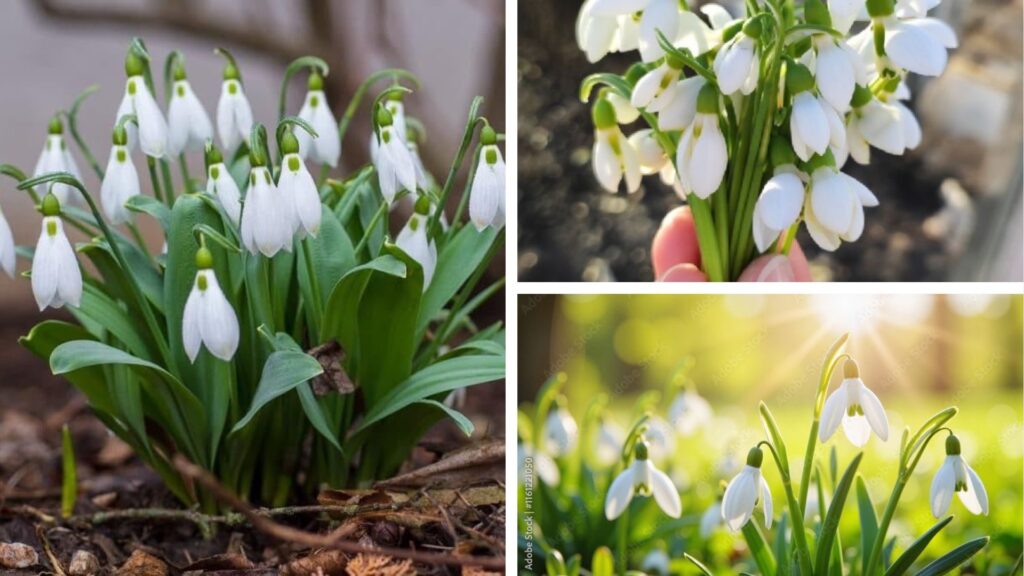If you want to brighten up your garden in the chilly months, snowdrop flowers are the perfect choice. These beautiful, delicate blooms will make your garden come alive in winter. However, to achieve this, you need to know how to plant and grow snowdrop flowers effectively. This blog will walk you through everything from soil preparation to pest management, ensuring your snowdrops thrive and bloom beautifully.
Get the Soil Ready
Preparing the soil before planting snowdrop bulbs is important. Snowdrops bloom in rich soils, and to make the soil perfect, loosen it up so the bulbs can grow strong roots. To improve the soil, you can add nutrients by mixing in compost and other organic materials.
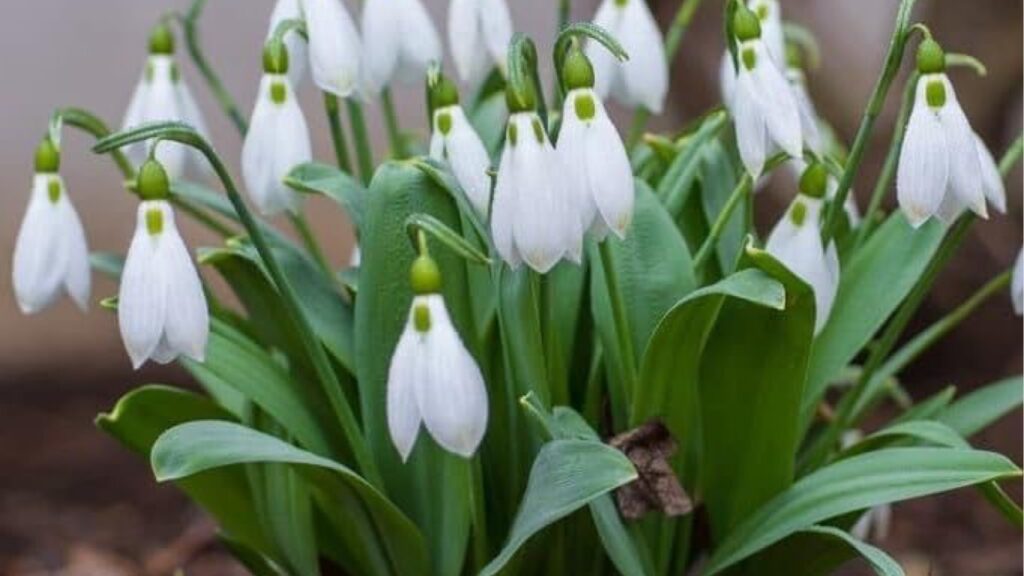
Prepared soil helps your bulbs grow well and develop strong roots. Your snowdrops will produce more beautiful flowers when you choose suitable soil for them.
Snowdrop Planting Tips for Beginners
If you’re new to snowdrop planting, don’t worry. Snowdrops are low-maintenance once you understand the basics of how to plant and grow snowdrop flowers. Put your bulbs into the soil at 3-4 inch depth in areas with good drainage. Space them around 2-3 inches apart. Put some soil over the bulbs, then water them gently. Remember to mark where the snowdrops were planted to avoid damaging them when you work in your garden.
Let the Snowdrops Get Enough Sunlight
Although snowdrops produce flowers during winter, they require sunlight to flourish properly. Plant your bulbs in an area that receives morning sunlight.
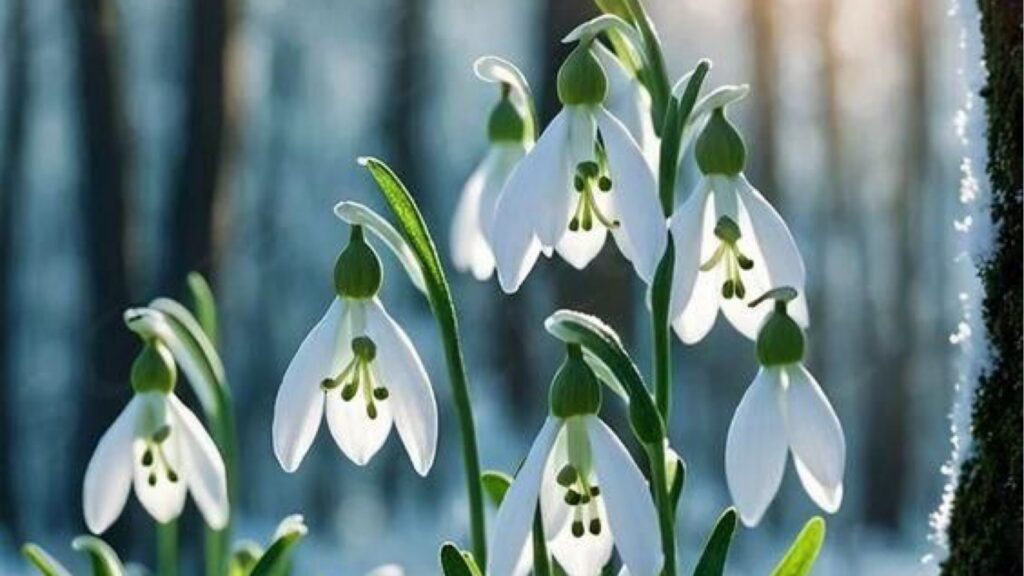
They need 4 to 6 hours of sunlight daily, but direct sun in the afternoon can damage them. So, pick an area that receives sunlight and shade at suitable times during the day.
Water and Nourish the Bulbs
After planting your snowdrop bulbs, be careful when watering them. They need enough water to grow, but too much can cause them to rot. Keep the soil moist but not soaked. Water the bulbs carefully and check to see if the soil is damp, not wet. Also, feeding your bulbs with a bit of fertilizer during the growing season will help them grow better. Proper bulb care will ensure that your snowdrops grow healthy and bloom beautifully.
Consider Pest Management
Pests like aphids and slugs can be a problem when growing snowdrops. These pests can harm your bulbs and prevent them from growing well. To protect your bulbs, keep an eye on your plants and use natural pest control, such as garlic spray or diatomaceous earth.
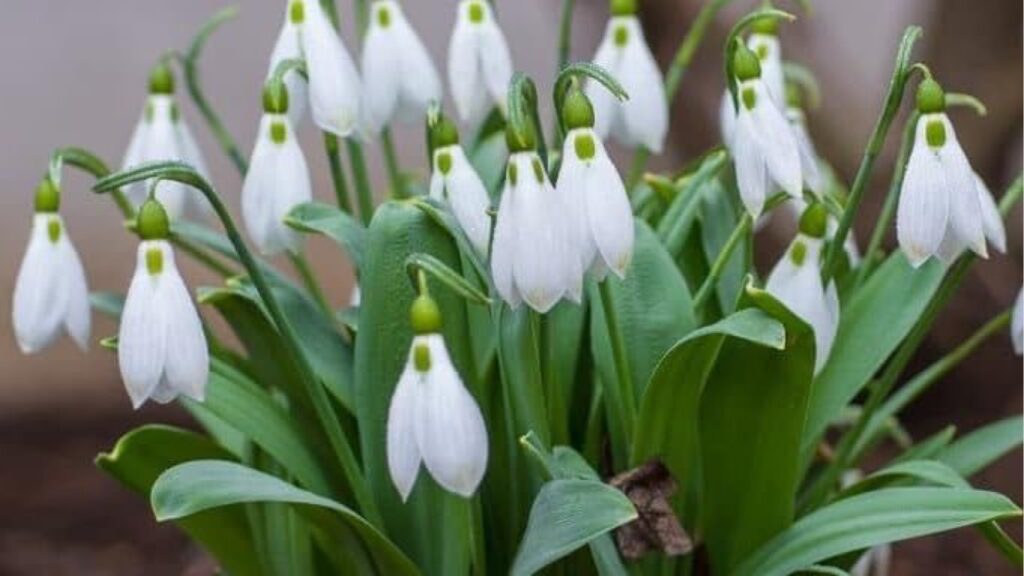
Pest management is essential for protecting your snowdrop flowers from damage. By doing this, you help your bulbs grow strong and healthy, ready to bloom when the time comes.
When To Plant Snowdrops
Knowing when to plant snowdrops is essential for getting the best blooms. The best time to plant snowdrop bulbs is in the fall, around October or November. This gives the bulbs enough time to grow roots before the cold weather begins. Planting too late might prevent your snowdrop flowers from growing properly. So, make sure your fall-planted bulbs are done early enough for them to mature before winter sets in.
A Little Fertilizer Goes a Long Way
Snowdrops don’t need much fertilizer, but a small amount will help them grow better. Use a general-purpose fertilizer or one made for bulbs.
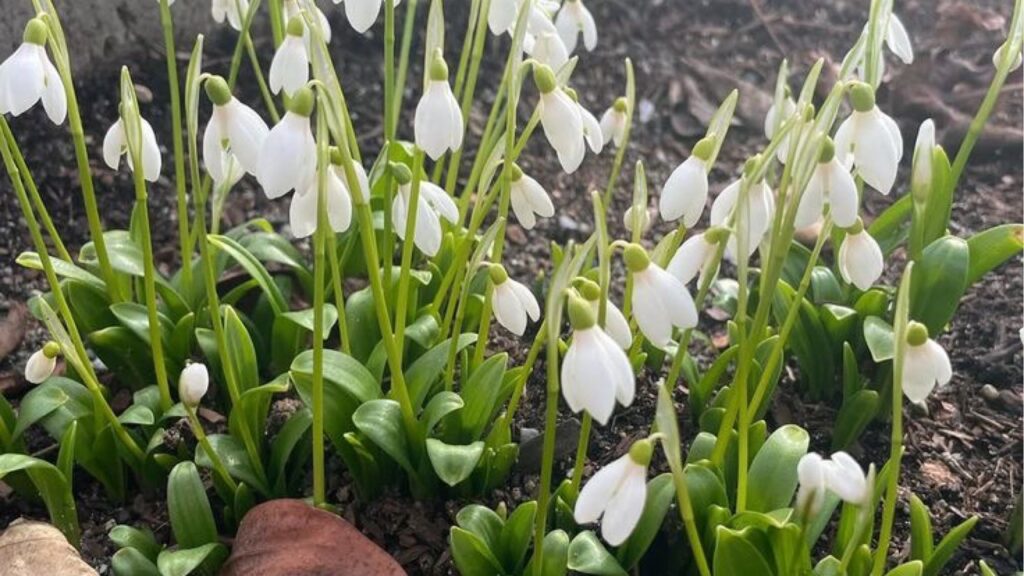
Apply it in early spring when the snowdrops start to grow. Do not use too much; just a little will help the snowdrop flowers stay strong.
Snowdrops Are Worth the Effort
Learning how to plant and grow snowdrop flowers may take some time, but the results are worth it, as they’ll add a touch of beauty to your garden. By following our simple steps, like preparing the soil and taking care of pests, you’ll have stunning blooms every winter. Once you get the hang of snowdrop planting, you’ll be able to enjoy these lovely flowers year after year.
Wrapping Up
Now that you know how to plant and grow snowdrop flowers, it’s time to start planting! With the right soil, sunlight, watering, and pest control, you’ll have beautiful snowdrops in your garden.
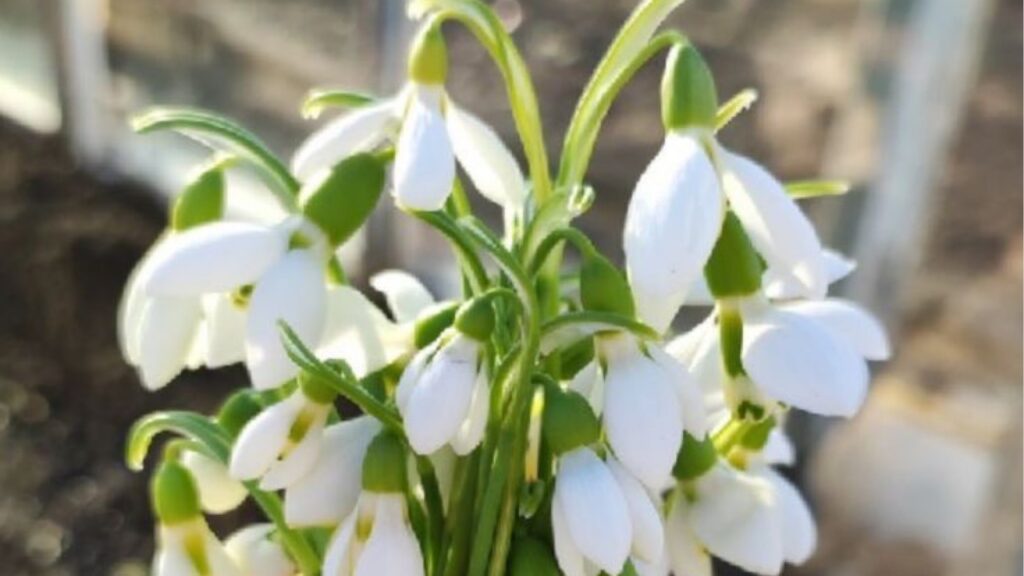
Remember to plant them at the right time and give them a little care; soon, you’ll have gorgeous winter flowers.
